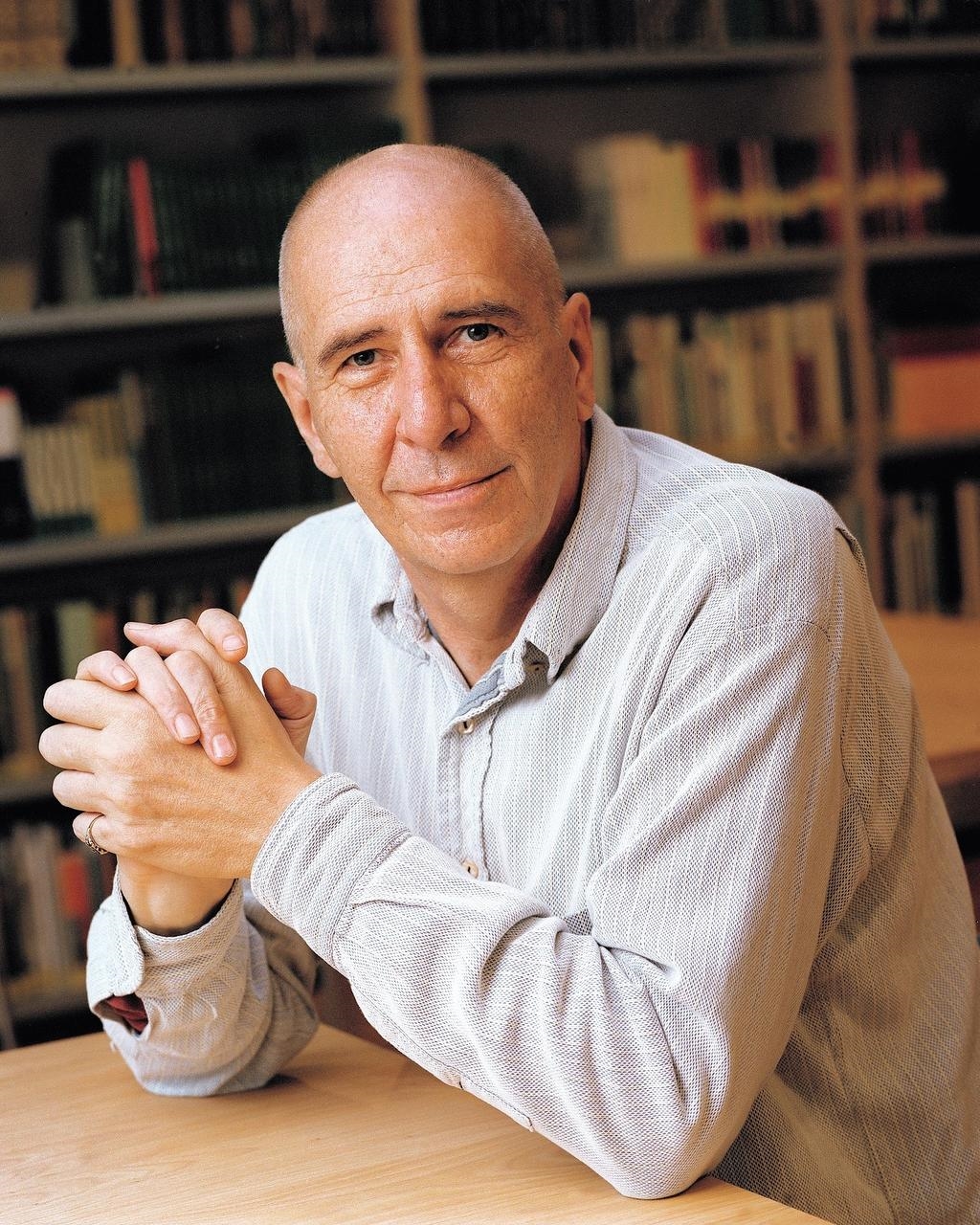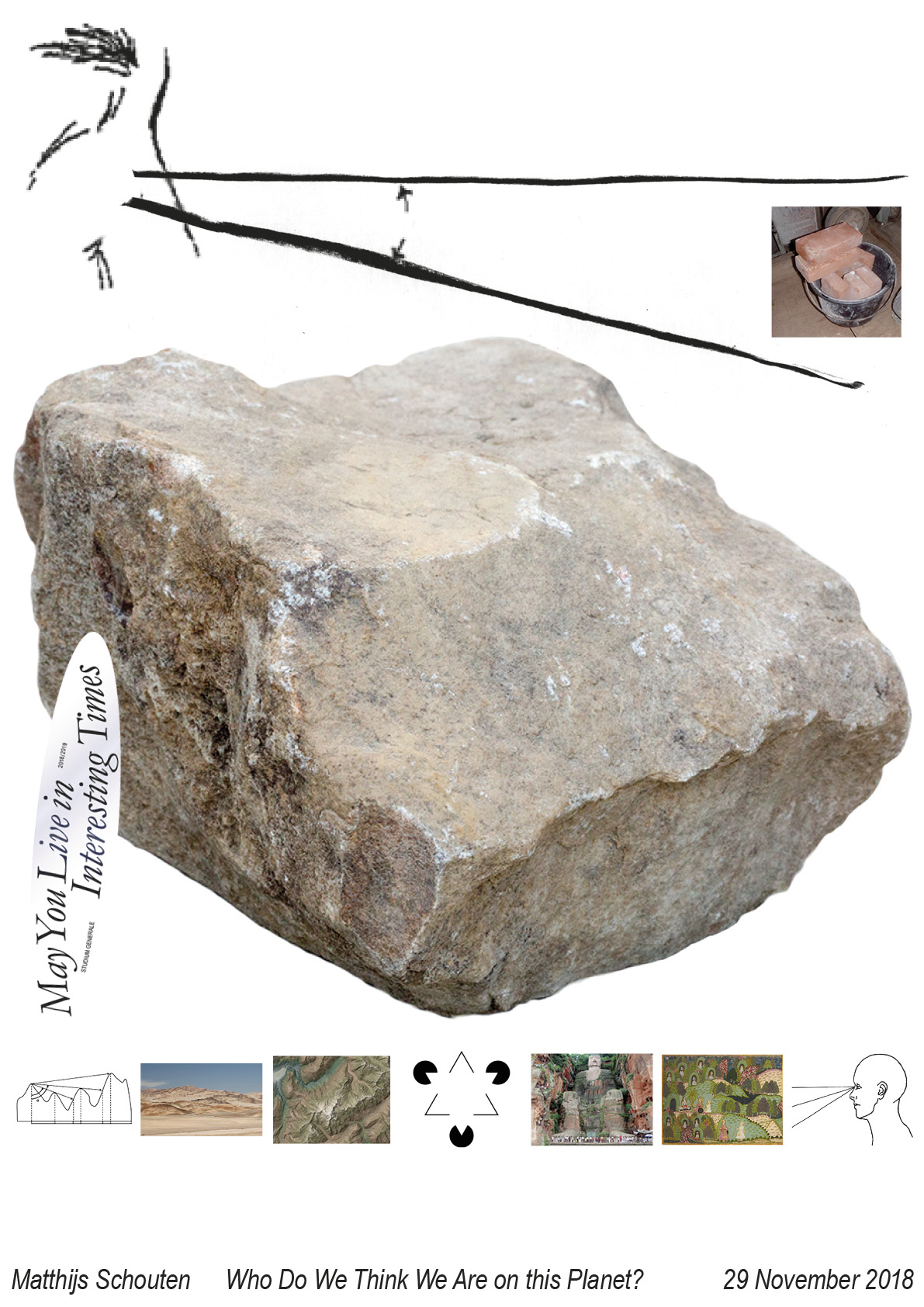
Lecture (8/9) – We live in the Anthropocene: the era in which the influence of man has become the dominant factor for the future of life on earth. Our vision on the relationship between man and nature is constantly being revised but is now gaining momentum. The Anthropocenebrings us new questions and dilemmas about the human-nature relationship. Since his study time, he has been interested in the role that nature plays in human thought. He published the bookSpiegel van de Natuur (Nature’s Mirror: the image of nature in a cultural-historical perspective). The perception of nature varies between different cultural contexts. For example, Islam speaks of the many signs that Allah incorporated in nature. Buddhism approaches nature from an attitude of respect for all living beings. In the West we have mainly considered nature from a utilitarian perspective. Now, in the Anthropocene, we need to re-assess our attitude to nature and ask ourselves whether we are owners, stewards or partners of nature.
Matthijs Schouten (1952) studied biology, Celtic linguistics and literature, comparative religious studies and Eastern philosophy. After his studies he worked in Ireland for some time; He carried out research on peat bogs and also conducted a campaign to protect these ecosystems. He has been associated with Staatsbosbeheer since 1992. In addition, he is Professor by Special Appointment of Nature and Landscape Protection at the Universities of Cork and Galway( Ireland) and special professor of Ecology and Philosophy of Nature Conservation at Wageningen University.

Poster design by Dayna Casey

Installation by Alexandra Dalavagka and Mirka Kachrimanidou
“Fall Season”
Who Do We Think We Are on this Planet?
Matthijs Schouten
For this week’s studium generale work we decided to do something different form-wise than the rest of the times and experimented with a 2dimensional collage of images.We found and printed pictures that resemble nature in different ways like “nature dominating the space”, “nature in art”, “nature hurt from the humankind”,”nature and humankind united” and so on.We took into consideration the three ways of human-nature interaction that Matthijs Schouten is mentioning and drew on the pictures in ways that we thought could be translating briefly his ideas.